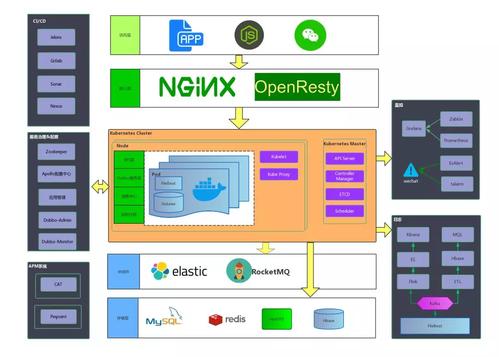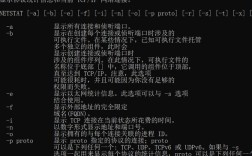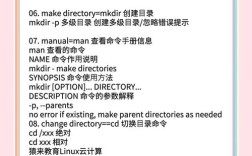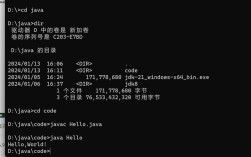在Linux服务器管理中,LNMP(Linux、Nginx、MySQL、PHP)环境的状态管理是确保服务稳定运行的核心操作,通过系统化的命令可以对各组件进行启动、停止、重启、查看状态及开机自启配置等操作,以下将详细解析LNMP各组件的状态管理命令及实用技巧。
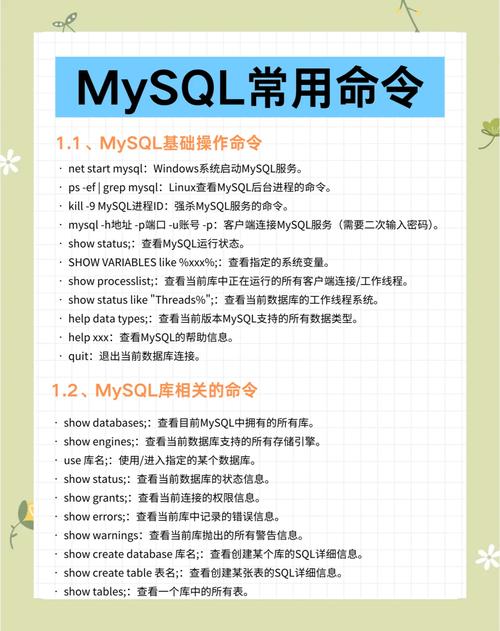
Nginx状态管理命令
Nginx作为高性能Web服务器,其状态管理需结合systemctl(CentOS 7+/Ubuntu 16.04+)或service(旧版系统)命令操作。
启动服务
# 使用systemctl(推荐) sudo systemctl start nginx # 使用service(旧版系统) sudo service nginx start
停止服务
sudo systemctl stop nginx # 或 sudo service nginx stop
重启服务(平滑重启,不中断连接)
sudo systemctl reload nginx # 或 sudo nginx -s reload
强制重启(中断当前连接)
sudo systemctl restart nginx
查看运行状态
sudo systemctl status nginx # 输出示例: # ● nginx.service - A high performance web server and a reverse proxy server # Loaded: loaded (/usr/lib/systemd/system/nginx.service; enabled; vendor preset: disabled) # Active: active (running) since ...
开机自启配置
# 启用开机自启 sudo systemctl enable nginx # 禁用开机自启 sudo systemctl disable nginx
查看Nginx进程
ps aux | grep nginx
MySQL(MariaDB)状态管理命令
MySQL或其分支MariaDB的状态管理可通过systemctl、mysqladmin或service命令实现。
启动服务
# MySQL sudo systemctl start mysqld # MariaDB sudo systemctl start mariadb
停止服务
sudo systemctl stop mysqld
重启服务
sudo systemctl restart mysqld
查看运行状态
sudo systemctl status mysqld # 或使用mysqladmin mysqladmin -u root -p status
安全初始化(仅首次安装)
sudo mysql_secure_installation
开机自启配置
sudo systemctl enable mysqld
登录MySQL并查看状态
mysql -u root -p mysql> SHOW STATUS; mysql> SHOW VARIABLES;
PHP-FPM状态管理命令
PHP-FPM(FastCGI Process Manager)是PHP的进程管理器,通常以服务形式运行。
启动服务
sudo systemctl start php-fpm
停止服务
sudo systemctl stop php-fpm
重启服务
sudo systemctl restart php-fpm
查看状态
sudo systemctl status php-fpm
查看PHP-FPM进程
ps aux | grep php-fpm
检查PHP-FPM配置
sudo php-fpm -t
LNMP组件状态管理命令对照表
| 操作 | Nginx命令 | MySQL命令 | PHP-FPM命令 |
|---|---|---|---|
| 启动 | systemctl start nginx |
systemctl start mysqld |
systemctl start php-fpm |
| 停止 | systemctl stop nginx |
systemctl stop mysqld |
systemctl stop php-fpm |
| 重启 | systemctl restart nginx |
systemctl restart mysqld |
systemctl restart php-fpm |
| 平滑重启 | nginx -s reload |
systemctl reload php-fpm |
|
| 查看状态 | systemctl status nginx |
systemctl status mysqld |
systemctl status php-fpm |
| 开机自启 | systemctl enable nginx |
systemctl enable mysqld |
systemctl enable php-fpm |
| 禁用开机自启 | systemctl disable nginx |
systemctl disable mysqld |
systemctl disable php-fpm |
常见问题排查技巧
- 端口占用:使用
netstat -tulnp | grep :80检查80端口是否被占用。 - 配置错误:Nginx配置修改后可通过
nginx -t测试语法;PHP-FPM通过php-fpm -t检查。 - 日志分析:Nginx日志默认在
/var/log/nginx/,MySQL日志在/var/log/mysql/,通过tail -f实时查看。
相关问答FAQs
Q1: 如何判断LNMP环境各组件是否正常运行?
A1: 可通过以下命令组合检查:
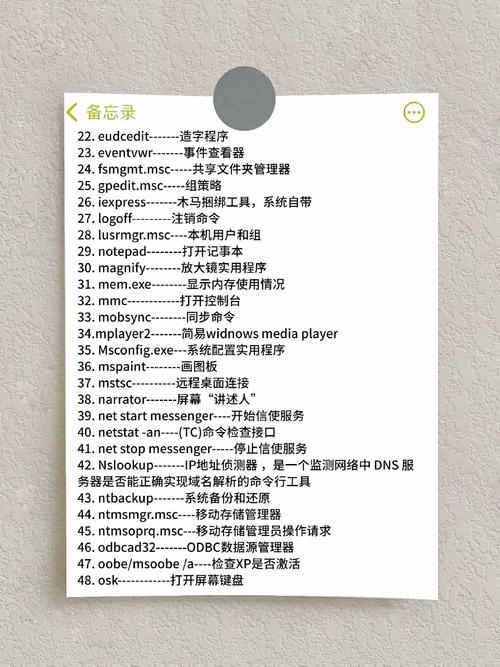
- Nginx:
systemctl status nginx和curl -I http://localhost - MySQL:
systemctl status mysqld和mysqladmin ping - PHP-FPM:
systemctl status php-fpm和php -f(测试PHP解析是否正常),若所有组件状态均为“active (running)”,且网页可正常访问,则说明环境运行正常。
Q2: 修改Nginx或PHP-FPM配置后不生效怎么办?
A2: 首先检查配置文件语法是否正确(Nginx用nginx -t,PHP-FPM用php-fpm -t),若语法无误则需重启或平滑重启服务:
- Nginx:执行
nginx -s reload(平滑重启)或systemctl restart nginx(强制重启)。 - PHP-FPM:执行
systemctl restart php-fpm。
若仍不生效,检查配置文件路径是否正确,并确认服务是否已重新加载配置(通过ps aux | grep 进程名查看进程参数)。
